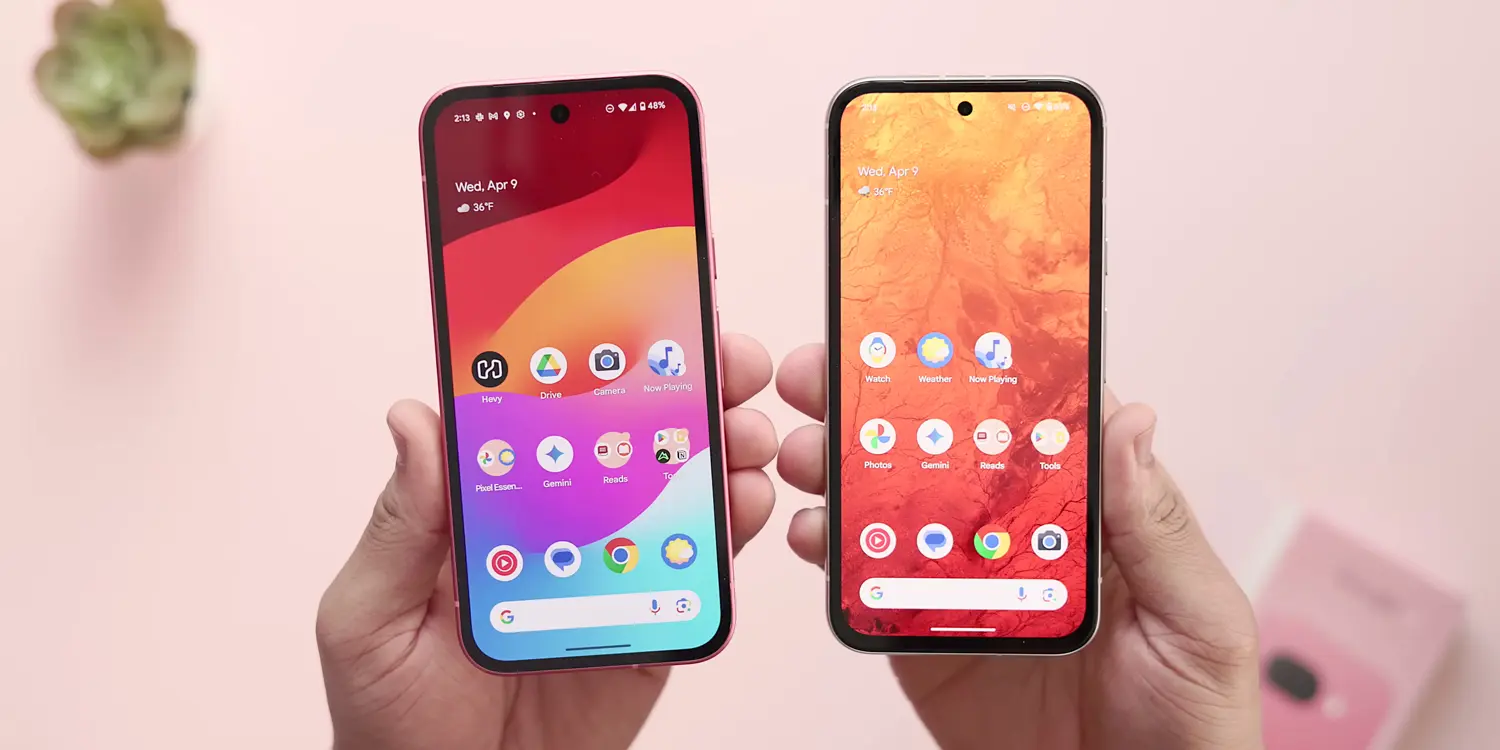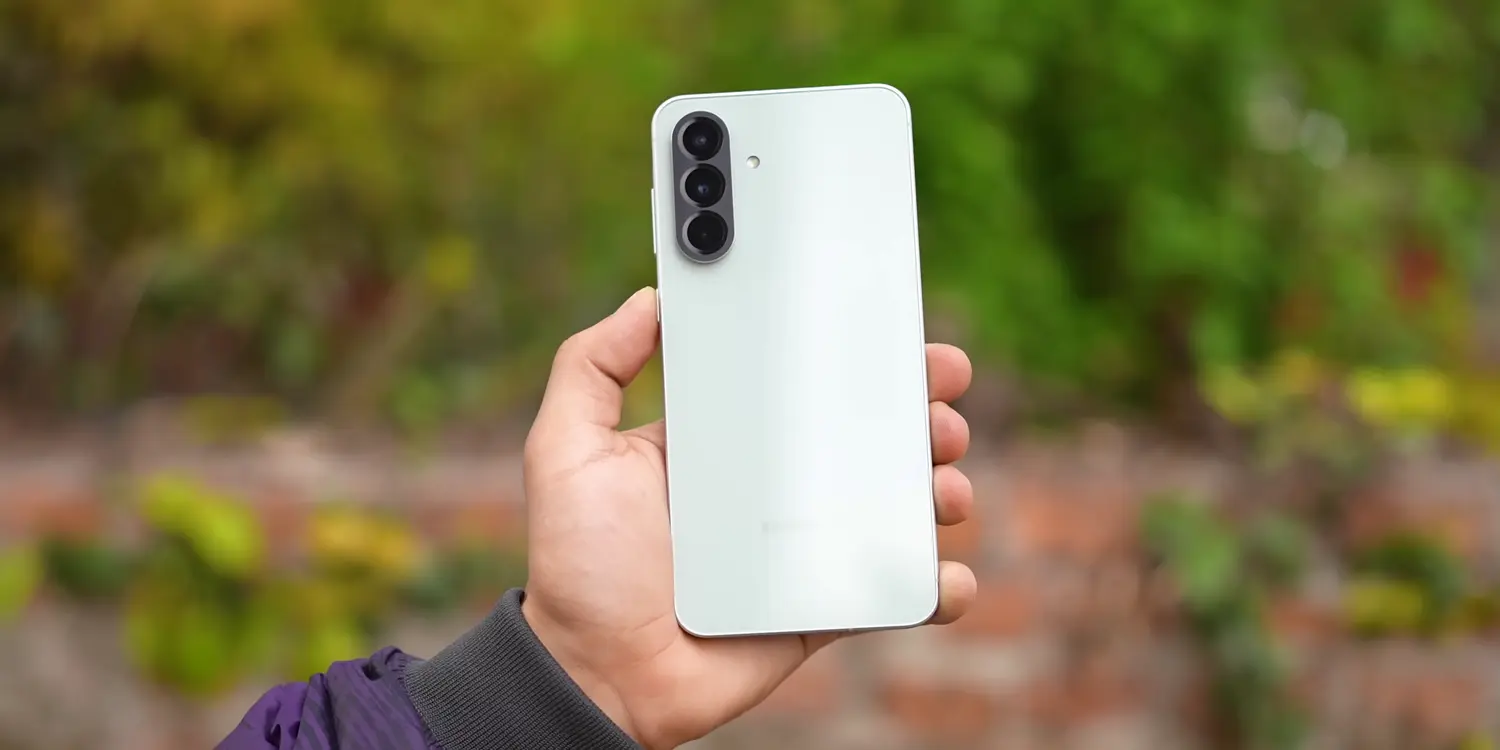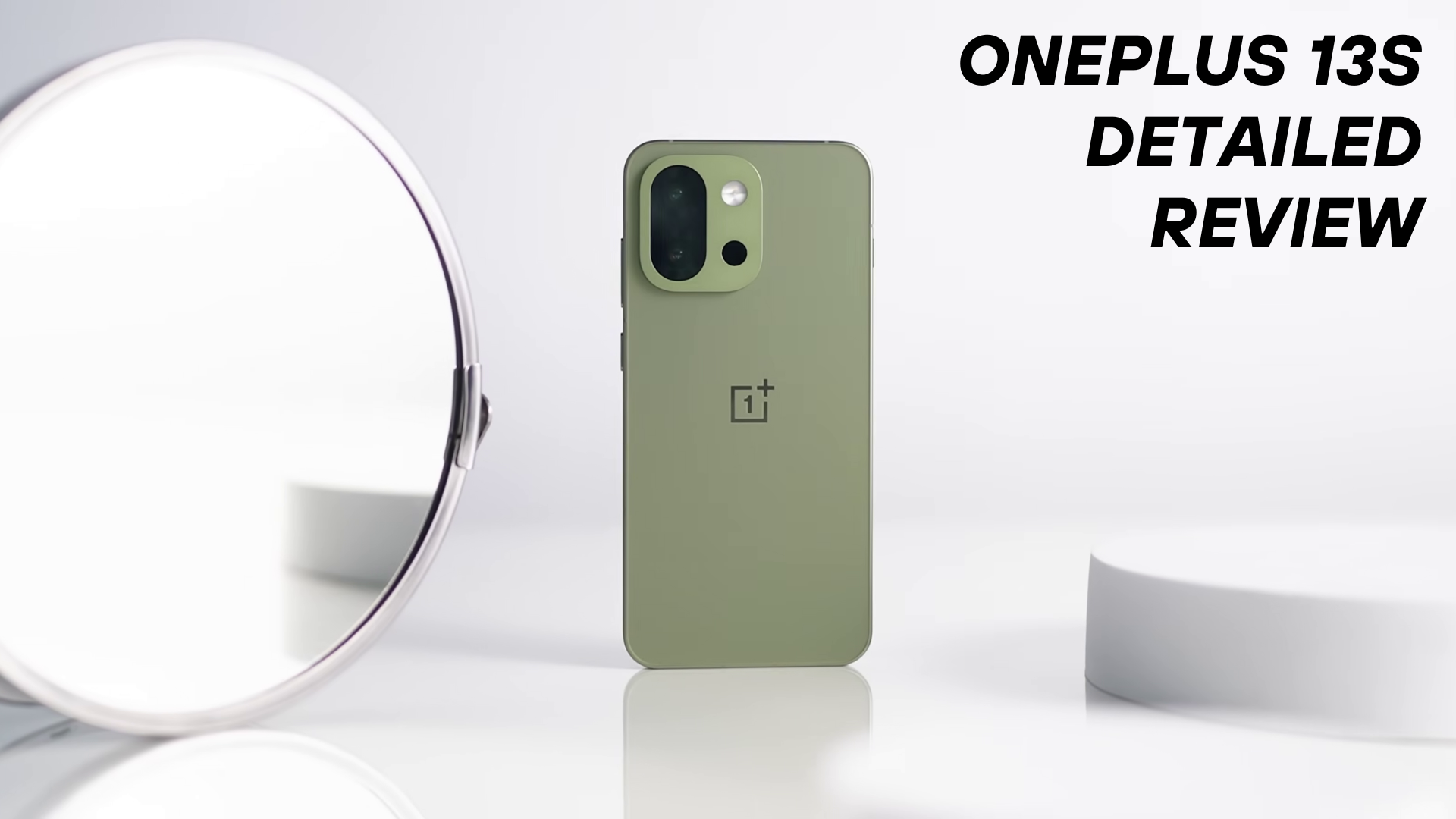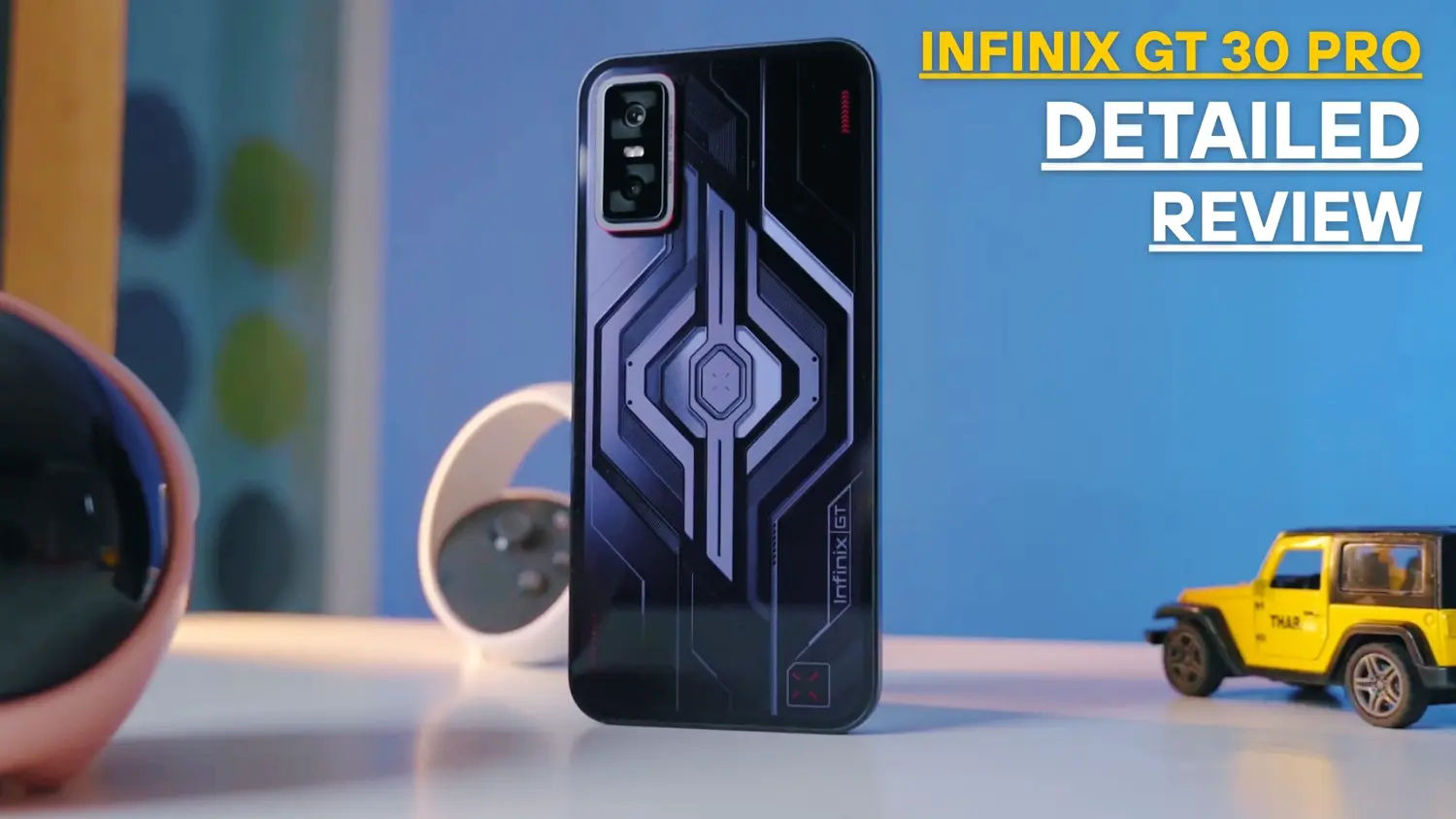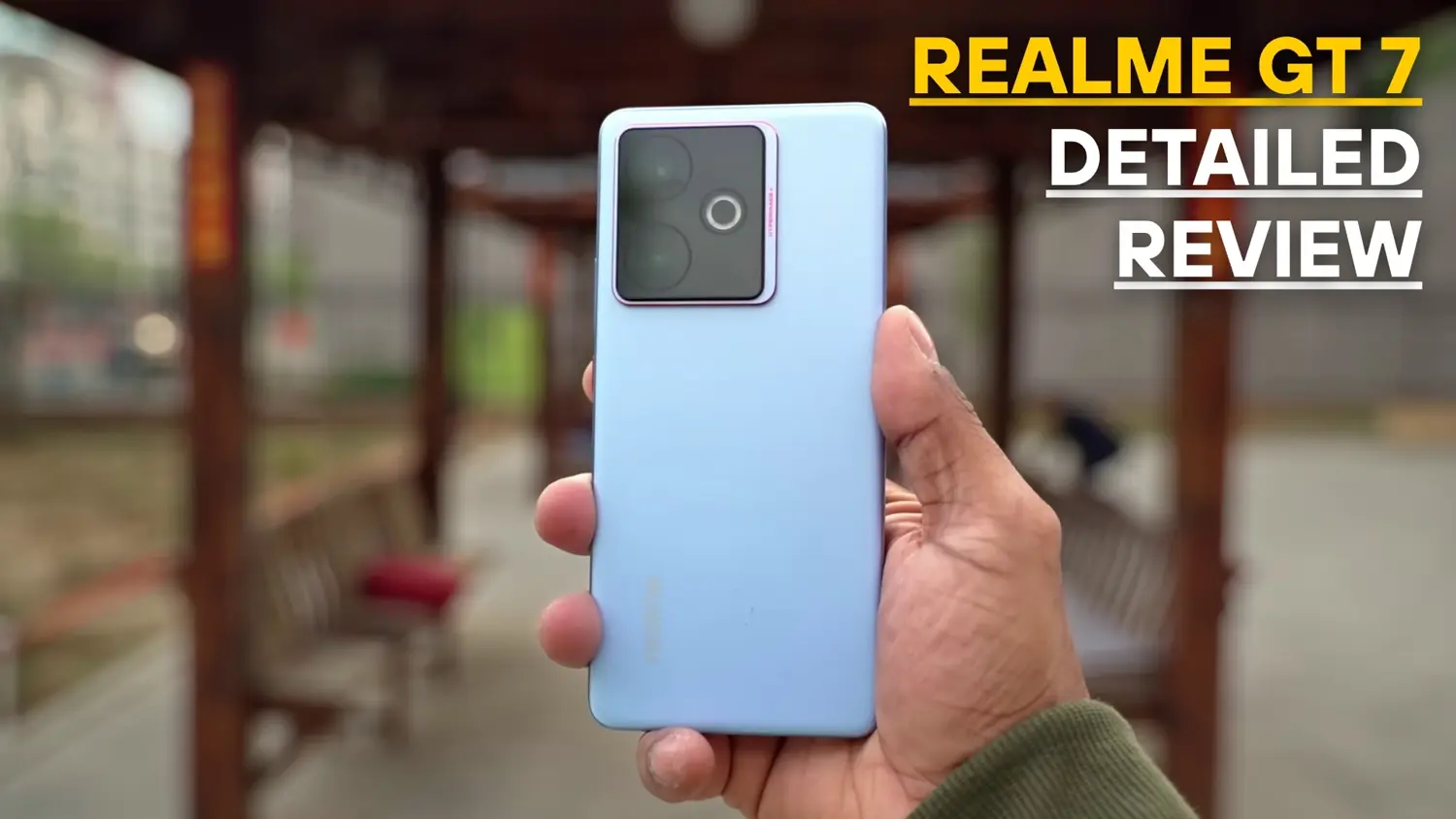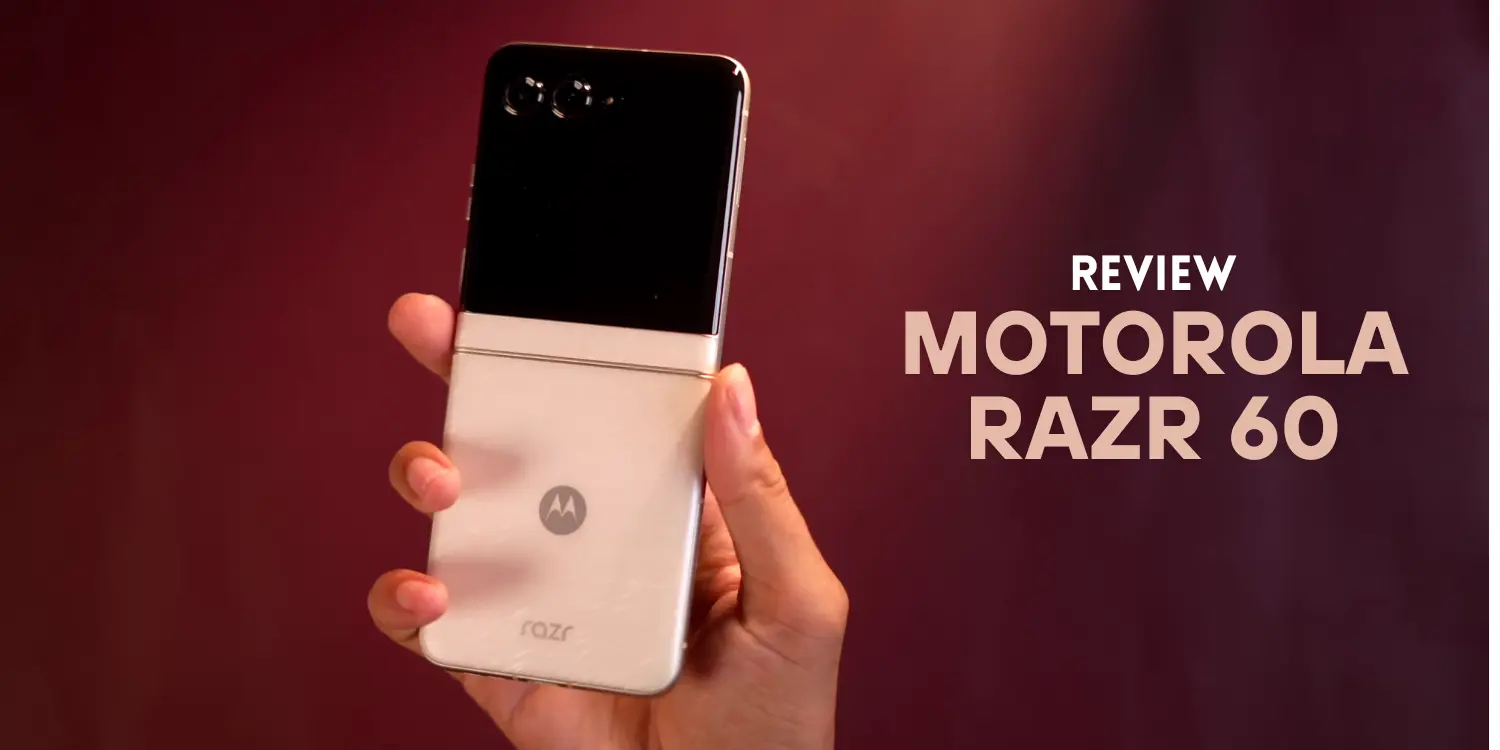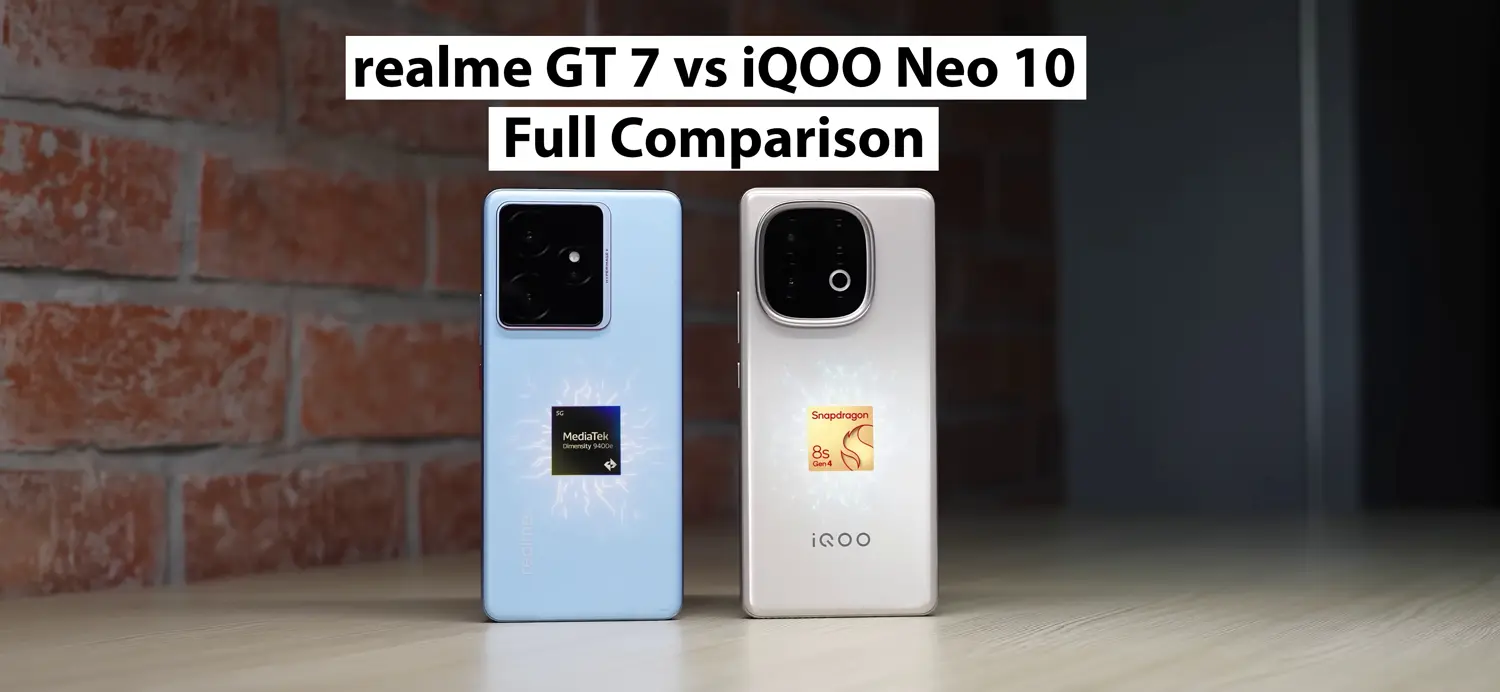The Google Pixel 9a has finally arrived, and it’s creating quite a buzz in the mid-range smartphone market. Priced at $499, this device promises flagship-like features without breaking the bank. After months of leaks and rumors, the Pixel 9a feels like a significant step up from its predecessors in the A-series lineup. It’s not just a watered-down version of the flagship Pixels anymore—it’s a phone with its own identity, solid performance, and some exciting upgrades. But is it worth your money? Should you buy it? Let’s dive into this detailed review to find out.
In this article, we’ll explore the Pixel 9a’s design, display, performance, battery life, software, camera, and more. We’ll also break down whether this phone is the right choice for you, especially if you’re an Indian user looking for a reliable, feature-packed mid-range smartphone. With a simple and clear explanation, this review is written to help anyone understand what makes the Pixel 9a special.
Design: A Fresh Look That Stands Out
The Pixel 9a introduces a bold change in design, and it’s one of the first things you’ll notice. Unlike previous Pixel phones, the iconic camera bar on the back is gone. Google has opted for a flat, minimalist design that gives the Pixel 9a a unique visual identity. This choice wasn’t just for aesthetics—it allowed Google to make some meaningful internal upgrades, which we’ll discuss later.
The phone features an all-matte finish on the side rails and the plastic rear panel. This matte texture feels surprisingly premium for a mid-range device. It also solves a common annoyance: fingerprints. Unlike the glossy glass backs of the Pixel 9 or 9 Pro, the Pixel 9a stays clean and smudge-free, which is a big plus for daily use. The phone feels sturdy and comfortable to hold, even during long calls or gaming sessions.
While the design is sleek, it’s not without its quirks. The removal of the camera bar might feel strange to Pixel fans who loved its distinctive look. However, I think this change helps the A-series carve its own path, separate from the flagship models. It’s a thoughtful redesign that makes the Pixel 9a feel fresh yet familiar. What do you think about this new look? Would you miss the camera bar?
Display: Bigger and Brighter, But With a Catch
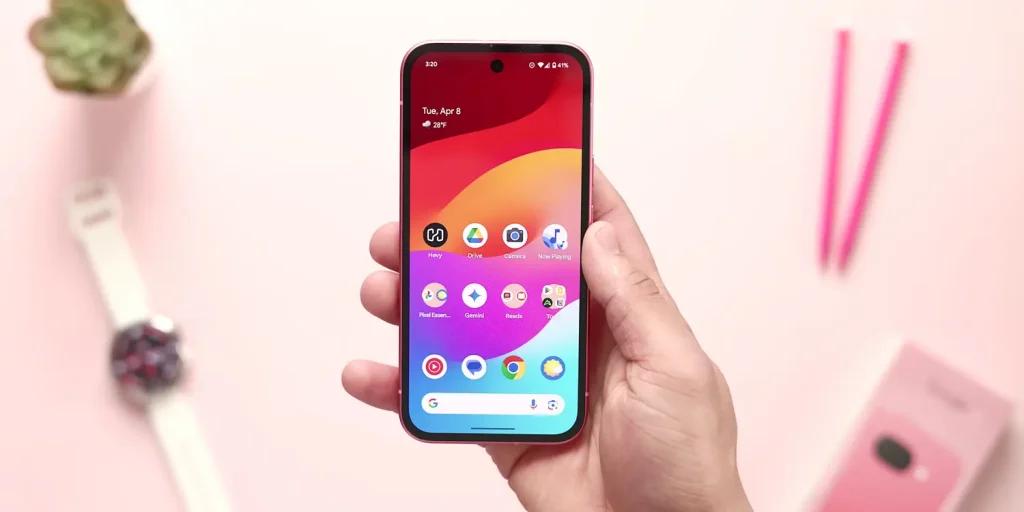
The Pixel 9a comes with a 6.3-inch display, slightly larger than the 6.1-inch screen on its predecessor, the Pixel 8a. This upgrade makes videos, games, and browsing feel more immersive. The display quality is impressive for a mid-range phone, with vibrant colors and sharp details that rival more expensive devices. Google has also boosted the brightness by 35%, taking it from 2,000 nits to 2,700 nits. This means you can use the phone comfortably even under harsh sunlight, whether you’re checking maps or watching a video outdoors.
However, there’s one aspect that might bother some users: the bezels. The Pixel 9a has noticeably larger bezels compared to flagship phones like the Pixel 9 Pro. For some, this is a reminder that you’re using a more affordable device. Personally, I got used to the bezels after a few days, and they didn’t affect my experience much. But if you’re someone who prefers a bezel-less, edge-to-edge display, this could be a drawback.
Overall, the display strikes a good balance between quality and affordability. It’s not perfect, but for most users—whether you’re scrolling through Instagram or binge-watching a series—it gets the job done beautifully.
Performance: Smooth and Reliable for Everyday Use
Under the hood, the Pixel 9a is powered by Google’s Tensor G4 chip, paired with 8GB of RAM and 256GB of internal storage. While the Tensor G4 is a slightly modified version of the chip found in the flagship Pixel 9 series, it delivers solid performance for day-to-day tasks. Whether you’re launching apps, browsing social media, or using Google Maps, the Pixel 9a handles everything smoothly without lag.
Compared to the Pixel 9 Pro, which has double the RAM, the Pixel 9a holds its own surprisingly well. Apps don’t reload too often in the background, which is great for multitasking. However, don’t expect it to be a gaming powerhouse. It can handle casual games like Candy Crush or Subway Surfers with ease, but for heavy titles like Genshin Impact or Call of Duty Mobile, you’ll need to lower the graphics settings for a smooth experience.
The optical fingerprint scanner is another area where the Pixel 9a cuts corners to keep costs down. It works fine most of the time, but it’s not as fast or reliable as the ultrasonic sensors on the Pixel 9 or 9 Pro. At night, the scanner’s bright light can be a bit annoying. Thankfully, the face unlock feature steps in to make unlocking the phone easier, even in low light.
For the average user—someone who uses their phone for calls, messaging, browsing, and light gaming—the Pixel 9a’s performance is more than enough. It’s not trying to compete with high-end gaming phones, but it nails the basics, which is what most of us need.
Battery Life: A Big Win for the Pixel 9a
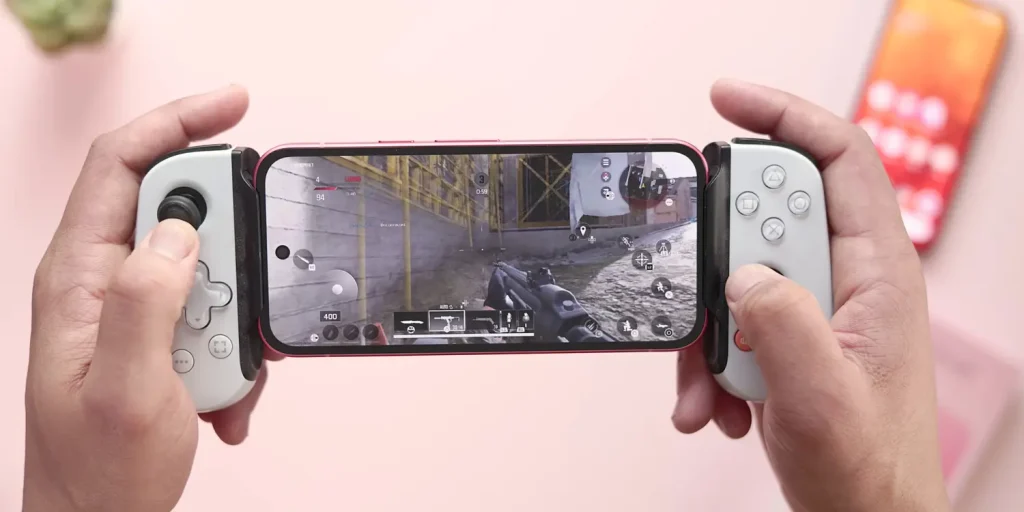
One of the standout features of the Pixel 9a is its battery life. Google has packed a 5,100mAh battery into this phone—a 13% increase from the 4,492mAh battery in the Pixel 8a. This makes it the largest battery ever in a Pixel phone, even surpassing the Pixel 9 Pro and 9 Pro XL.
In real-world use, the Pixel 9a delivers impressive stamina. With around 4 hours of screen-on time, you can expect to end the day with about 40% battery left. For most users, this translates to 1.5 days of usage without needing a charge. Whether you’re streaming videos, chatting on WhatsApp, or browsing the web, the Pixel 9a keeps going strong. Compared to the Pixel 9 Pro, which often needs a top-up by mid-morning the next day, the 9a’s battery life is a clear advantage.
Charging speeds, however, are a mixed bag. The Pixel 9a supports 23W wired charging, an improvement over the 18W on the Pixel 8a. A full charge takes about 1 hour and 20 minutes, which is decent but not groundbreaking. If you’re used to phones like the OnePlus 13R, which can charge a larger battery in under an hour, the Pixel 9a might feel a bit slow. That said, most people charge their phones overnight, so this won’t be a dealbreaker for everyone.
Software: A Pixel Experience With a Few Missing Pieces
The Pixel 9a runs on Android 15 QPR1 with the latest security patches, but it misses out on QPR2, which other Pixels received in March. This means you won’t get features like notification cooldown or new modes right out of the box. Google says QPR1 was chosen for stability, and the next update in June should bring these features. It’s a minor hiccup, but it’s odd for a new phone to launch with an older software build.
Despite this, the software experience is classic Pixel—clean, intuitive, and packed with smart features. You get staples like Now Playing, Call Screening, Audio Magic Eraser, and Magic Editor, along with AI-powered tools like Pixel Studio, Pixel Weather, and Pixel Recorder with transcriptions. The phone also supports Gemini Live for camera and screen-sharing capabilities, which is a nice touch for a budget device.
However, there are a couple of omissions compared to the flagship Pixels. The Pixel Screenshots app and Call Notes feature are missing, which might disappoint some users. For most people, though, the software is a highlight, offering a seamless and ad-free Android experience that’s hard to beat at this price.
Camera: Still One of the Best in Its Class
The Pixel 9a’s camera system is another reason to consider this phone. It features a dual rear setup with a 48MP main lens (similar to the Pixel 9 Pro Fold) and a 13MP ultrawide lens. Compared to the Pixel 8a, the 9a’s photos are sharper with better highlight control, meaning you get more detail in bright areas. The white balance leans cooler, while the 8a’s images look warmer—this comes down to personal preference.
For everyday photography, the Pixel 9a delivers stunning results. Colors are natural, details are crisp, and low-light shots with Night Sight are impressive. Features like macro mode (which activates automatically when you’re close to an object), Best Take, and Astrophotography make the camera versatile and fun to use. Whether you’re snapping photos of your food, your pets, or a starry night sky, the Pixel 9a won’t disappoint.
At $499, the Pixel 9a offers one of the best camera systems in the mid-range segment. It’s reliable, easy to use, and perfect for sharing on social media or capturing memories.
Key Features
| Category | Details |
|---|---|
| Internal Storage | 256 GB |
| Processor | Tensor G4 |
| Water Resistant | Yes |
| Operating System | Android 15 QPR1 |
| Battery Capacity | 5,100 mAh |
| Rear Camera | 48MP (Main) + 13MP (Ultrawide) |
| Screen Size (Diagonal) | 6.3 inches |
| Memory (RAM) | 8 GB |
Should You Buy the Google Pixel 9a?
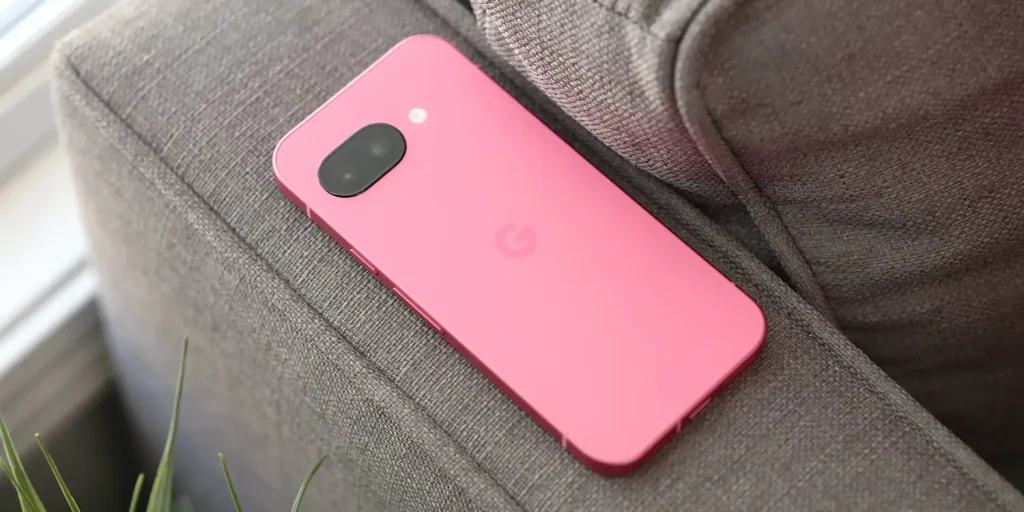
So, is the Google Pixel 9a worth buying? Let’s break it down.
Why You Should Buy It
- Affordable Price: At $499, the Pixel 9a offers incredible value, matching or beating more expensive phones in key areas like camera and battery life.
- Great Battery Life: The 5,100mAh battery lasts up to 1.5 days, making it perfect for heavy users.
- Fantastic Camera: The 48MP dual camera delivers flagship-quality photos, ideal for photography enthusiasts.
- Clean Software: The Pixel experience is smooth, bloatware-free, and packed with AI features.
- Unique Design: The matte finish and flat back give it a premium feel and a distinct look.
Why You Might Want to Skip It
- Large Bezels: If you prefer a modern, edge-to-edge display, the bezels might bother you.
- Average Charging Speed: 23W charging is decent but lags behind competitors with faster charging.
- Missing Software Features: The lack of QPR2 and features like Call Notes could be a downside for some.
- Not a Gaming Phone: Heavy gamers might want a device with better graphics performance.
For Indian users, the Pixel 9a is a strong contender in the mid-range market (roughly ₹40,000–₹45,000, depending on taxes and import duties). It competes with phones like the OnePlus Nord 4, Vivo V30, and Samsung Galaxy M56. If you value a great camera, long battery life, and a clean Android experience, the Pixel 9a is hard to beat. However, if you prioritize fast charging or gaming performance, you might want to explore other options.
Final Thoughts: A Grown-Up Pixel A-Series
The Google Pixel 9a is a refreshing take on the A-series lineup. It’s no longer just a budget version of the flagship Pixels—it’s a phone with its own personality and strengths. The new design, larger battery, upgraded camera, and solid performance make it a compelling choice for anyone looking for a mid-range smartphone. While the bezels and charging speeds could be better, these are minor trade-offs for a phone that gets so much right at $499.
Whether you’re a student, a working professional, or someone who just wants a reliable phone, the Pixel 9a is worth considering. It’s proof that you don’t need to spend a fortune to get a great smartphone experience. So, should you buy it? If you’re looking for a balance of affordability, performance, and quality, the answer is a resounding yes.
What are your thoughts on the Pixel 9a? Are you planning to pick one up? Let me know in the comments!
